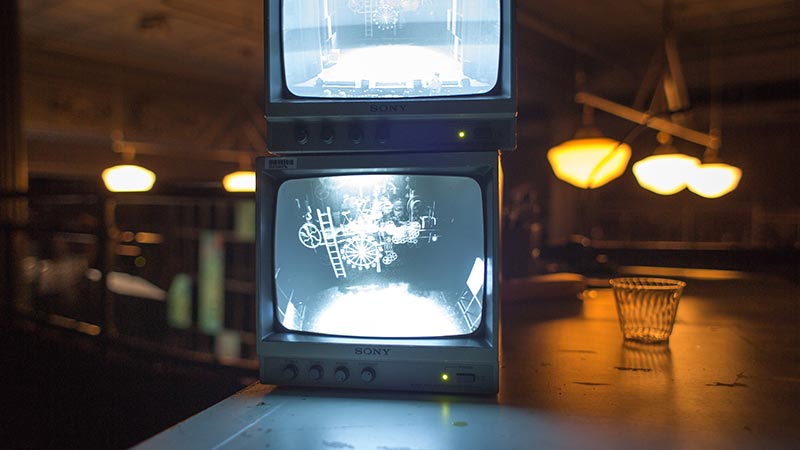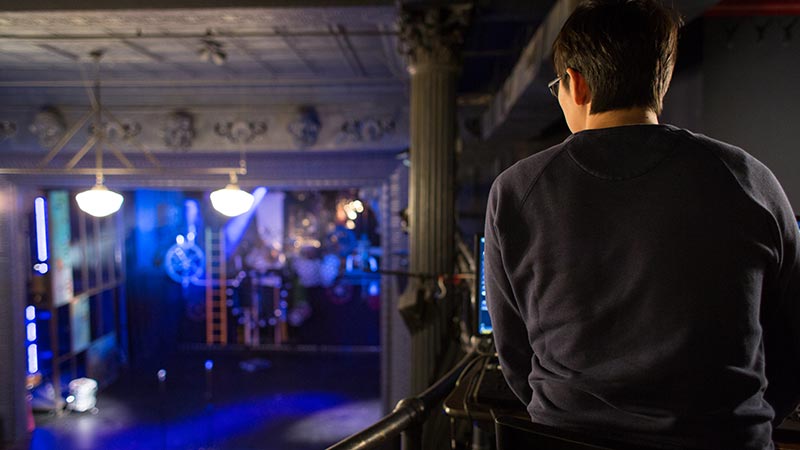There’s a quote that lighting designer Yi Zhao is fond of: “99% of the audience does not notice lighting, but 100% of the audience is affected by it.” Passed down from his mentor, Jennifer Tipton, it sums up Yi’s minimalistic approach to lighting design.
It’s an approach that echoes his immigrant background. Born in Beijing, Yi credits his success to his Chinese upbringing: “The Chinese immigrant culture is basically to keep quiet and work,” he says. “Don’t speak up too loudly, work as hard as you can, and compete with society at large through the quality of your work.”
Yi had his mother to look up to as an example. When Yi was nine, his mother, an employee of the United Nations, was transferred to Paris, and the family moved with her. There, he experienced a cultural awakening that he describes as “pure joy and excitement.” He was immersed in Paris’s vibrant cultural scene and fell in love with the arts and humanities.

Despite his exposure to the arts, Yi never saw a play until his freshman year of college. He had decided to attend the University of Chicago—“The U.S. was the first country that I came to voluntarily”—and intended to pursue a degree in computer science. It didn’t take long for Yi to realize, however, that it wasn’t for him. Instead, he studied fine art photography and became involved with student theatre productions, appreciating the close-knit friendships it fostered.
Upon graduating, Yi found himself at loose ends. He was working at a commercial photography agency, but as an immigrant on a sponsored work visa, it was impossible to pursue freelance jobs outside of commercial photography. Partly to extend his visa, Yi decided to apply to Yale School of Drama, where he was accepted with a full scholarship. “It was a blessing in disguise,” Yi now says of his visa troubles.
At Yale, Yi would meet his mentor, Jennifer Tipton, and hone his approach to lighting design, favoring expressionism over naturalism, and minimalism over spectacle. He does not have a rigid aesthetic, preferring instead to tailor each design to the needs of the production and his collaborators.

This isn’t to say that Yi’s designs lack artistry; he draws upon his fine arts background to study how, as in photography, light can be used to compose a scene and direct a viewer’s eye. Unlike photography, though, Yi is excited by the dynamism of light in theatre: “It exists in four-dimensional space, including time,” he says. “You’re able to give it color and timing, to create illusions right in front of people’s eyes. You’re sculpting light itself.”
As much as Yi would prefer to stay out of the limelight, his work speaks for him. He is much in demand, having lighted theater, opera, dance, and music shows across the country. For his next project, he will collaborate with Desdemona Chiang, a fellow recipient of the 2016 Vilcek Prize for Creative Promise, on a production of The Winter’s Tale for the Oregon Shakespeare Festival. The future, if you will excuse the pun, looks bright.